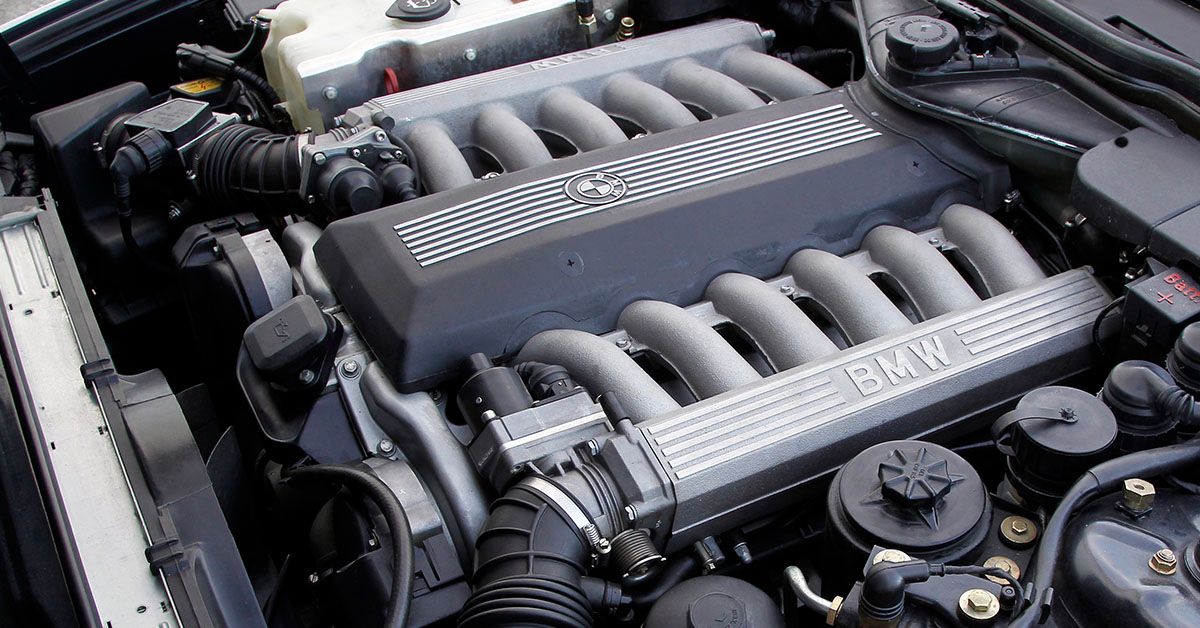Many of the greatest sports cars ever made have some truly exotic engines. An exotic engine is one of the defining elements of a supercar. The Bugatti W16, Lexus V10, and Ferrari V12 are just a few iconic engines that are nothing short of flamboyant. Now imagine some of your favorite supercars being powered by truck and economy car engines…seems like a waste of money, doesn’t it? Well for many car fans, it’s reality.
So why use boring power plants? The main reasons tend to be cost-cutting, business deals, or just plain laziness. A brand that makes fewer cars than a bigger brand makes of just one model doesn’t have the overhead to develop new and innovative engine technology. So they suffice with the same motors that bring kids to soccer practice and tow trailers across the world.
Keep reading and see if your car shares a piece of engineering with your favorite sports car!
8 Dodge Viper: Dodge Magnum V10
While it is hard to call a V10 boring, the original application of the Viper V10 was. The Viper V10 is based on the Magnum V10, an engine used in Dodge Ram pickups from 1994-2003. Lamborghini actually helped design the engine, so it’s a little more exotic than it lets on to be.
The V10 found in the Viper is far from stock, with new fuel injection, head design, and camshaft just to scratch the surface. The block and basic architecture are the same though. The version found in the V10 made 400 horsepower when launched in 1991. The most exotic use of this engine wouldn’t be the viper though, one crazed mechanic put the Dodge V10 in his motorcycle…for fun.
7 Spyker C8: Audi V8
The Spyker C8 is a piece of Dutch craftsmanship, featuring a hand-built interior, aerodynamic body, and fine-tuned sports suspension. However, the motor is a bit plainer. The same Audi V8 used in your middle school English teacher’s Audi Quattro was thrown in the Spyker C8.
Spyker made no changes to the Audi V8, so it made a healthy 395 horsepower. The 2,700lb curb-weight of the Spyker stretched the horsepower of the Audi engine to its full potential though.
6 Koenigsegg CCR: Ford Modular V8
Did you know the CCR held the production car top speed record for a month? Yep, the CCR reached an impressive 241 mph, only to be dethroned by the 2005 Bugatti Veyron a month later. To reach that record Koenigsegg used carbon fiber construction, a custom-built 6-speed transmission, and a highly modified 4.7L V8 with twin superchargers…based on the Ford Modular engine.
Koenigsegg took a Ford 4.6L V8 (same used in the Crown Victoria P71 and the Mustang GT), bored it out, built new heads, and added two roots-type superchargers. The modified Ford motor made 655 horsepower. The CCR could hit 60 mph in less than 3.5 seconds and like previously said, topped out at 241 mph.
5 Lotus Elise: Toyota ZZ Inline 4
What’s the biggest flaw that causes buyers to avoid British cars? We bet you said reliability. To alleviate this issue Lotus decided to power the Elise with engines straight from the kings of reliability: Toyota. Lotus tuned the engines, adding a Yamaha-built head and changed the ECUs.
The little four was perfectly adequate for such a small car, bringing it to 60 in under 5-seconds. The Elise lasted an impressive 15 years as a testament to the reliability of the Toyota motor and the performance of the Lotus-built chassis and suspension.
4 Venturi 400GT: Peugeot PRV V6
Only 100 of these cars were ever built, and only 15 found use on the road. That said, finding a replacement engine would take less work than finding the car itself. Venturi used the 3.0L PRV V6, the same car that powered Peugeot sedans and interestingly enough, the Delorean DMC-12. Venturi used the engine to complete the 24 Hours Of Le Mans, bragging rights for any engine.
Seeing a PRV V6 at Le Mans wasn’t a rare sight. Peugeot, Alpine, Chevron, and Venturi used them in their racing cars, and French tuning shop WM used one in their record-breaking Group-C Le Mans car. The PRV-powered P88 reached a top speed of 255 mph on the Mulsanne Straight, a record that still stands today.
3 Noble M400: Ford Duratec V6
The Noble M400 is a British supercar dedicated to the art of driving. A/C was an option, a 5-point harness was standard, and a Duratec V6 powered the little beast…wait, a Duratec? The Ford Focus and Noble M400 share the same powerplant.
Noble modified the engine to make 400 horsepower using forged pistons, twin turbos, and a new fuel injection system. The 400-horsepower V6 takes the car to 60 in 3.5 seconds and to a top speed of 188 mph, not bad for an economy engine.
2 De Tomaso Pantera: Ford 5.8L Cleveland V8
What do the De Tomaso Pantera and a Ford F150 have in common? If you said motor you would be correct. Italian manufacturer De Tomaso came to Ford for an engine for their new Ferrari killer. Little modification was made to the stout truck motor.
The stock engine made 335 horsepower and brought the car to 60 mph in 5.5 seconds, fast even by modern standards. Critics found the Pantera to be easy to handle in stop-and-go traffic and reliable due to the use of a Ford V8. The Pantera was even sold in Ford dealerships as a sign of their partnership.
1 McLaren F1: BMW M70 V12
Again, we know it’s hard to call a V12 boring, but the McLaren F1‘s V12 engine has much humbler roots. The V12 is sourced from BMW and was used in cars like the 750i sedan and 850i sports cars, the same cars your childhood dentist probably drove.
McLaren refused to use an engine with forced induction and deals with longtime F1 partner, Honda fell through, leaving BMW as the prime candidate to power the F1. BMW gave McLaren the race-tuned version of the motor, making 618 horsepower; twice as much as the standard 850i. The McLaren F1 held the production car speed record for nearly a decade at 240 mph. The McClaren F1 is still the fastest naturally aspirated production car though, a record that has stood for nearly three decades.
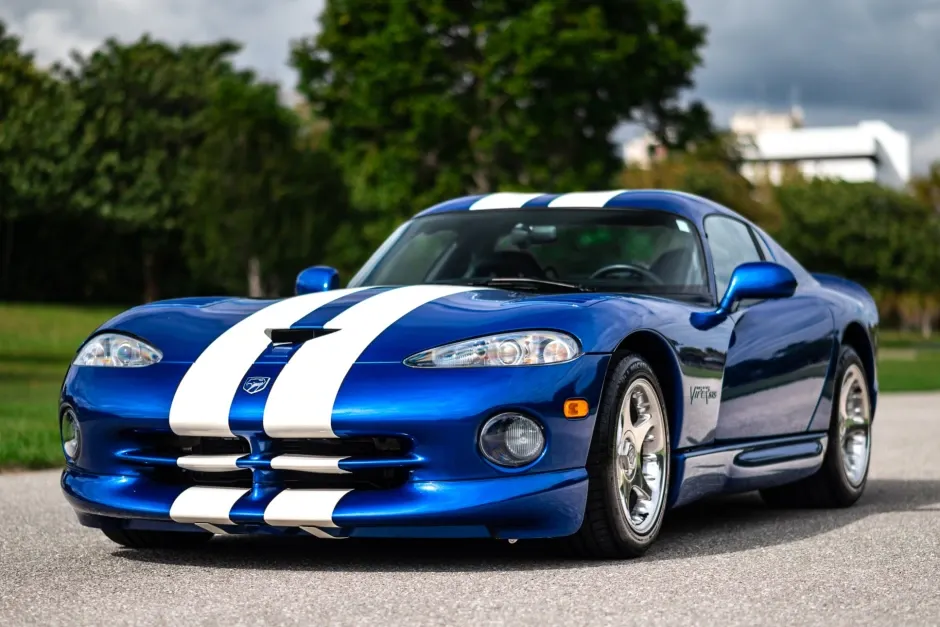
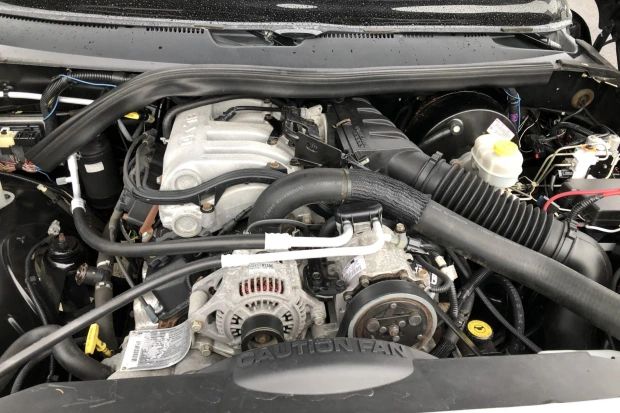
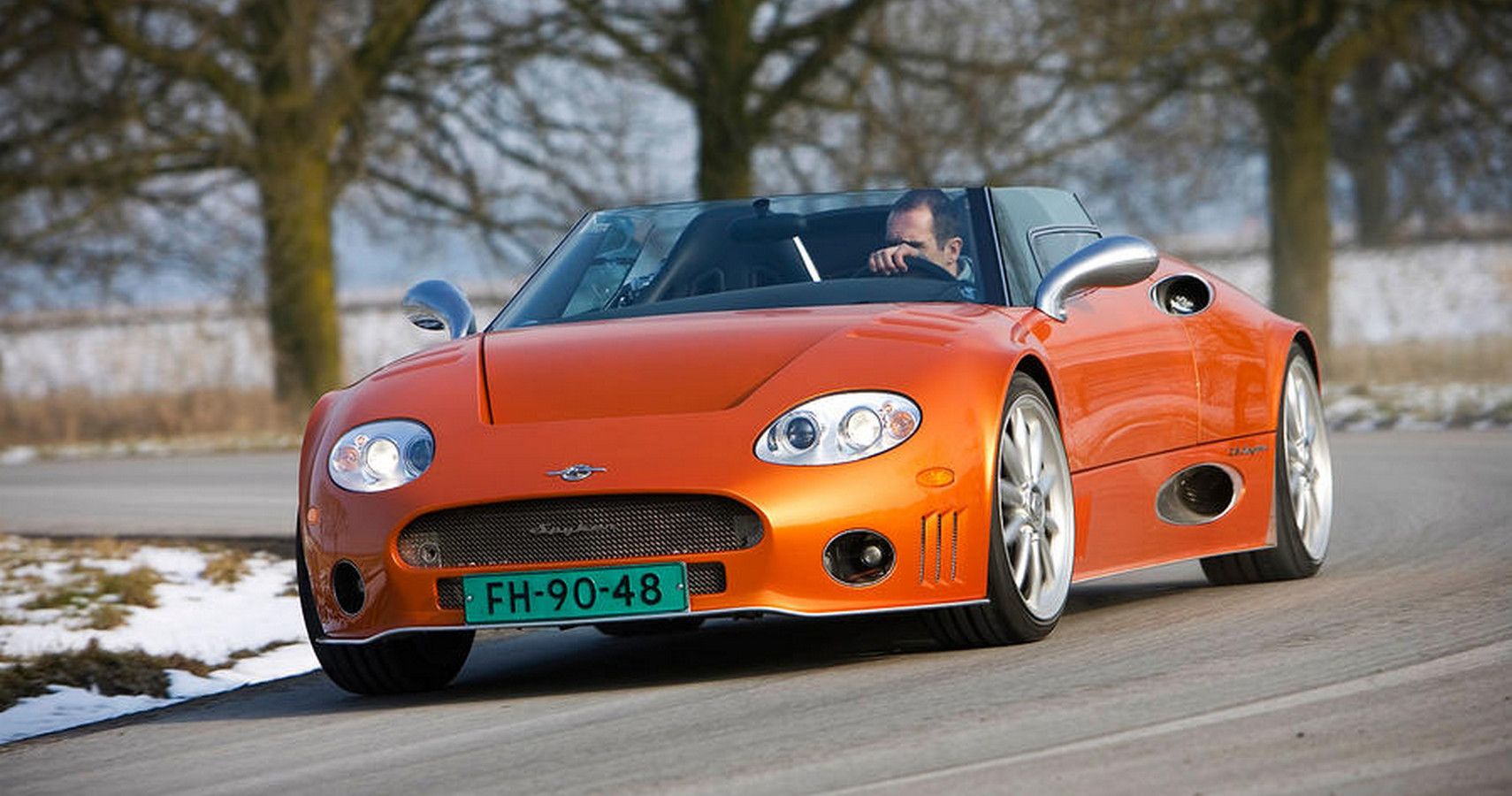
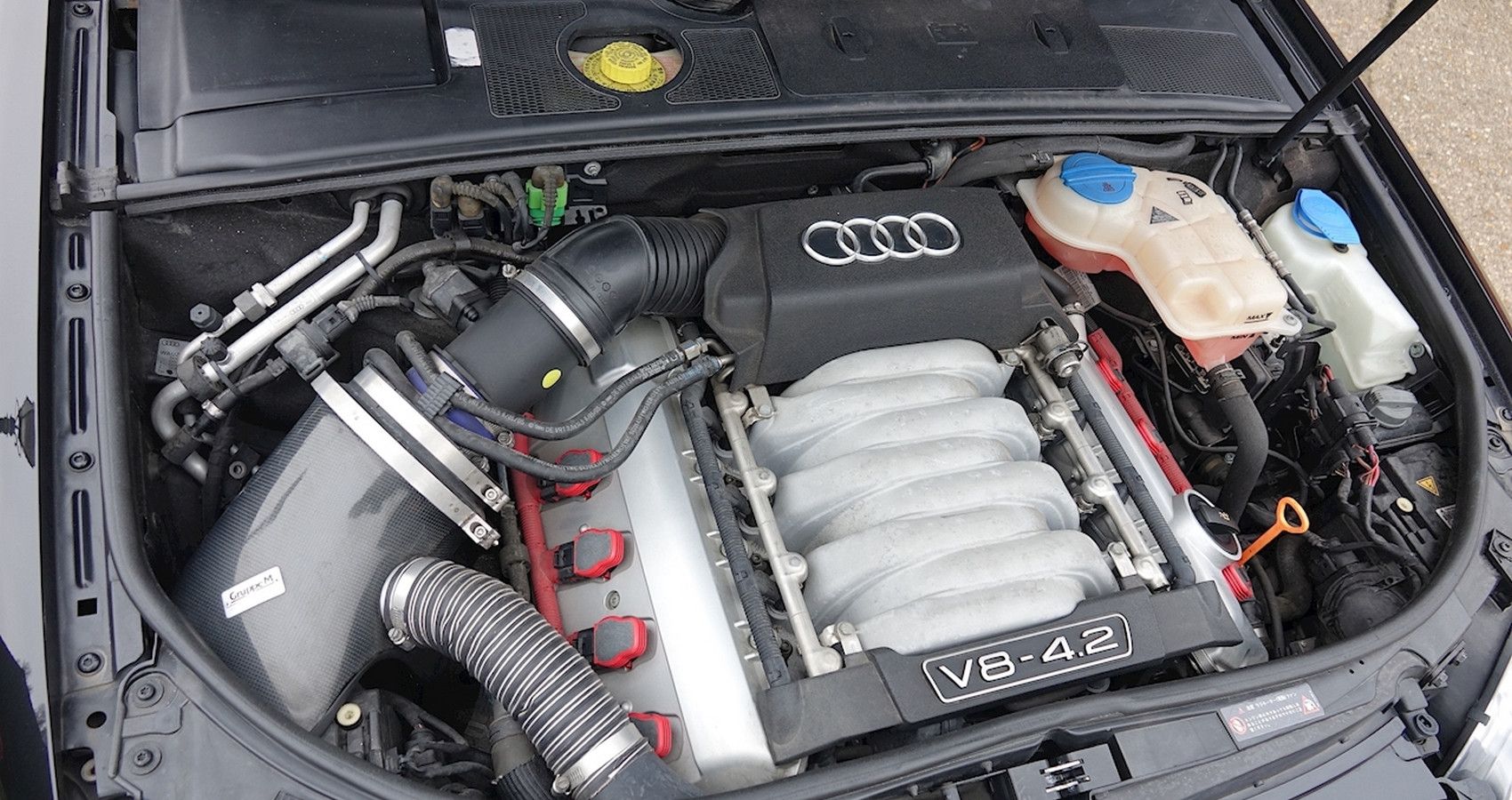
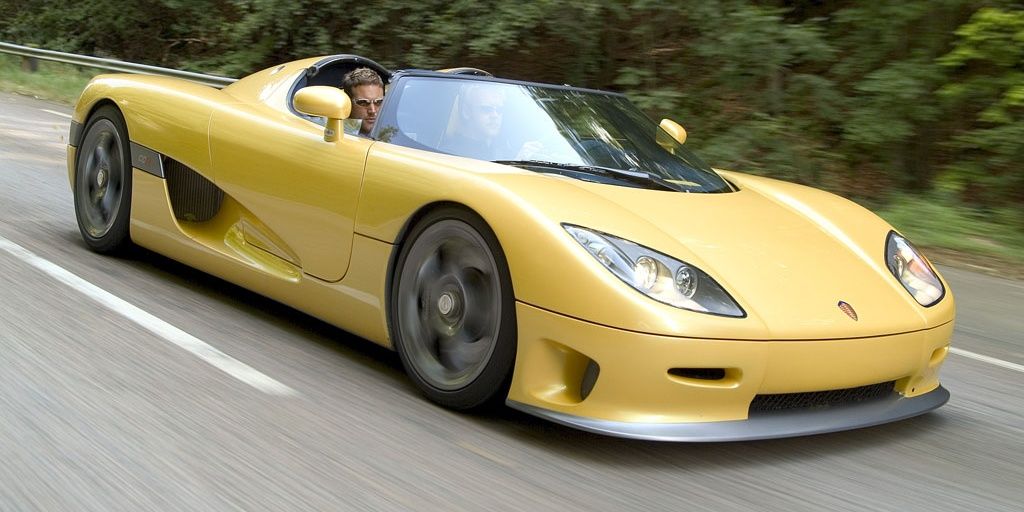
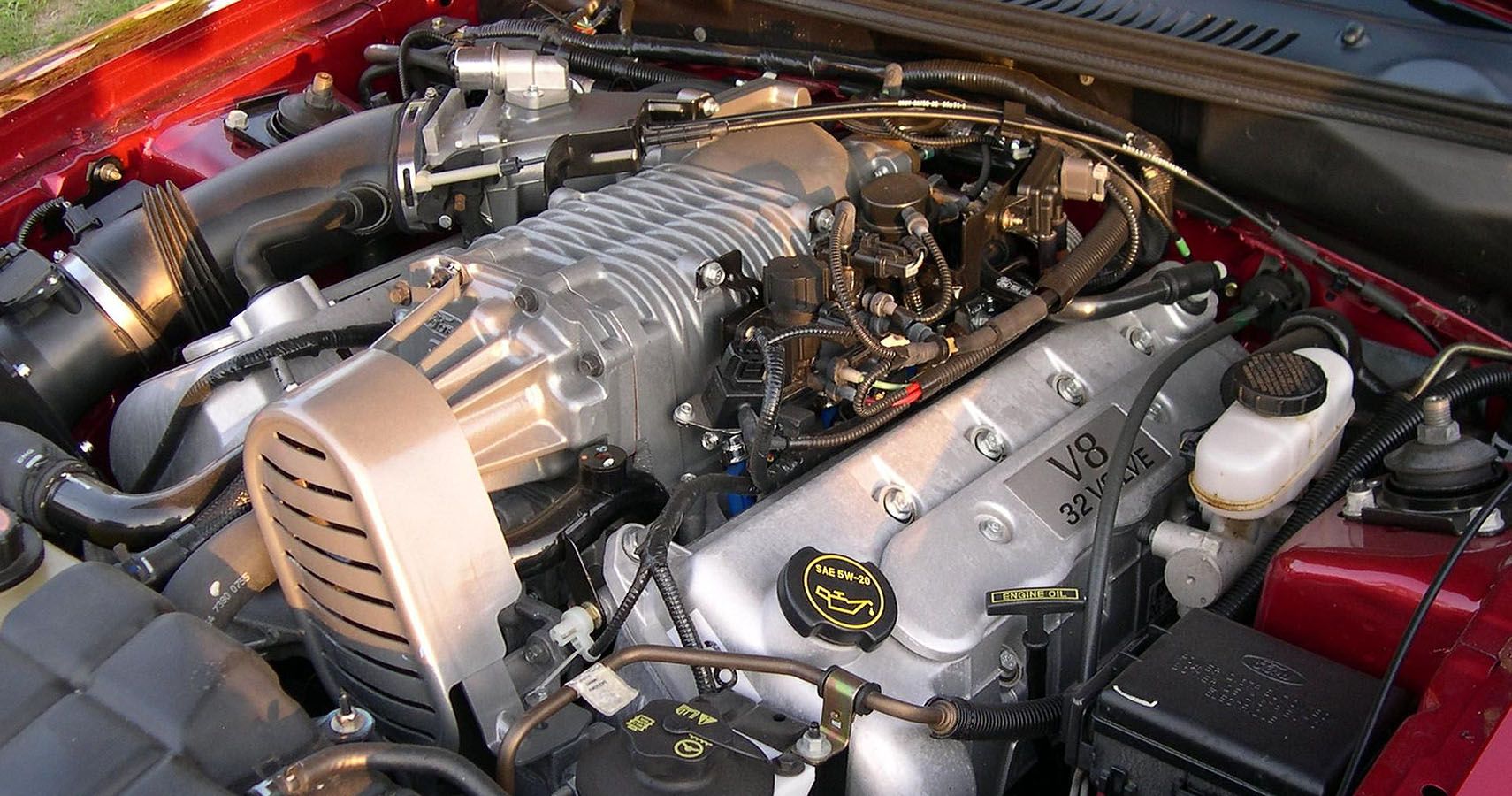
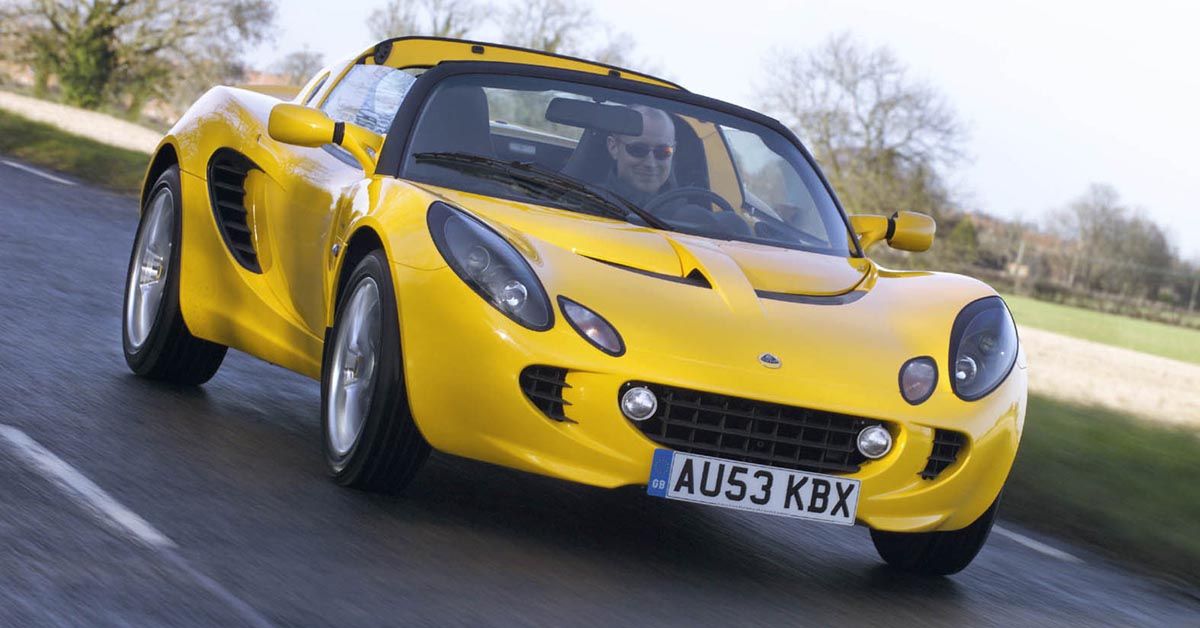
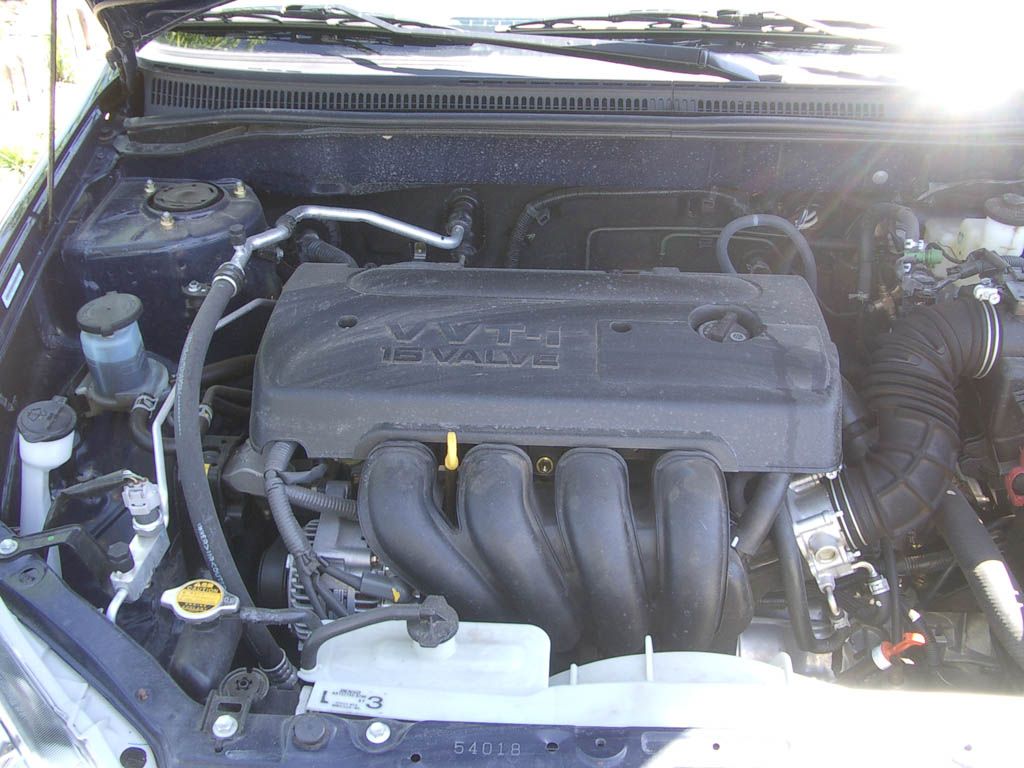
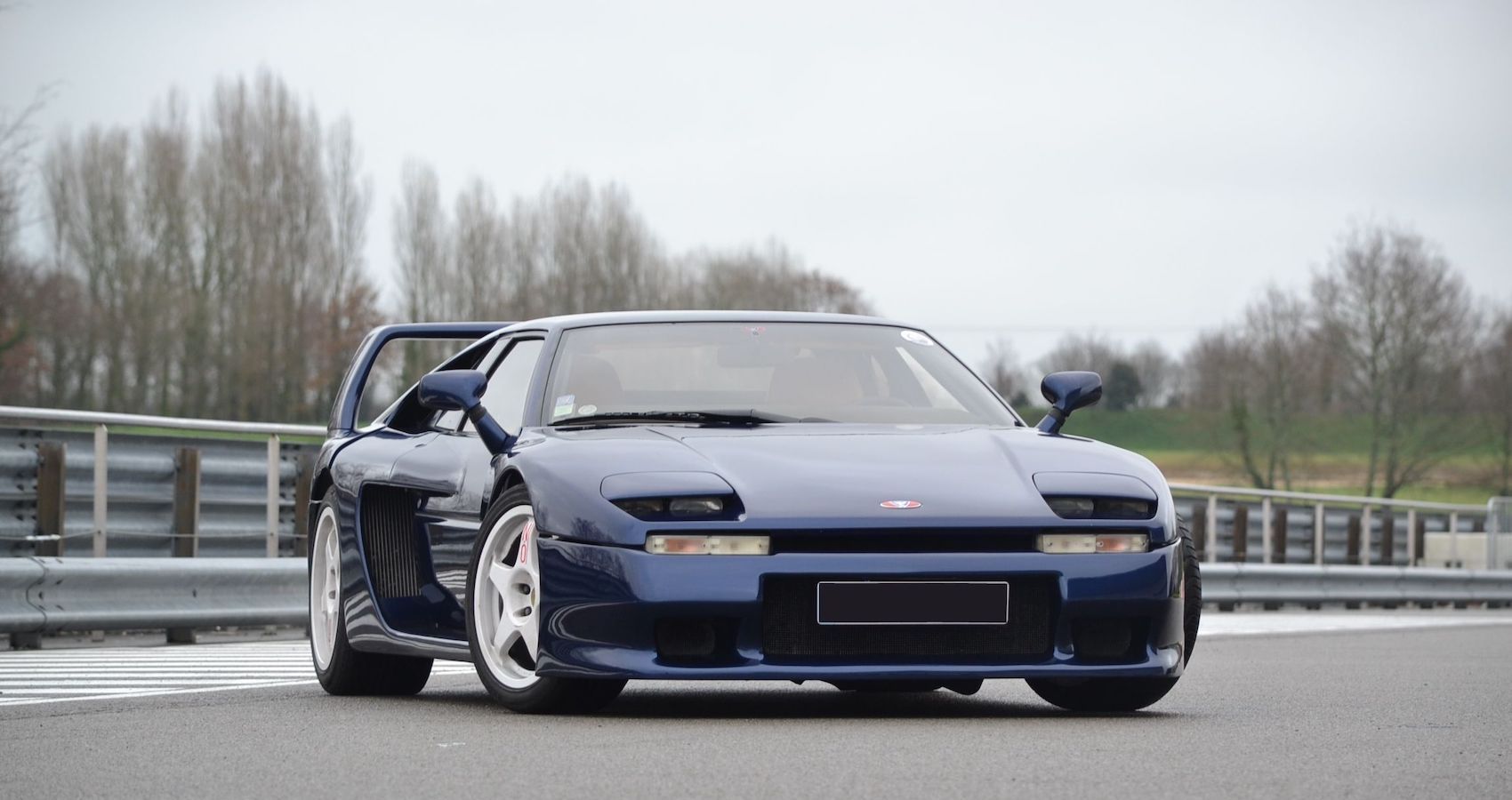
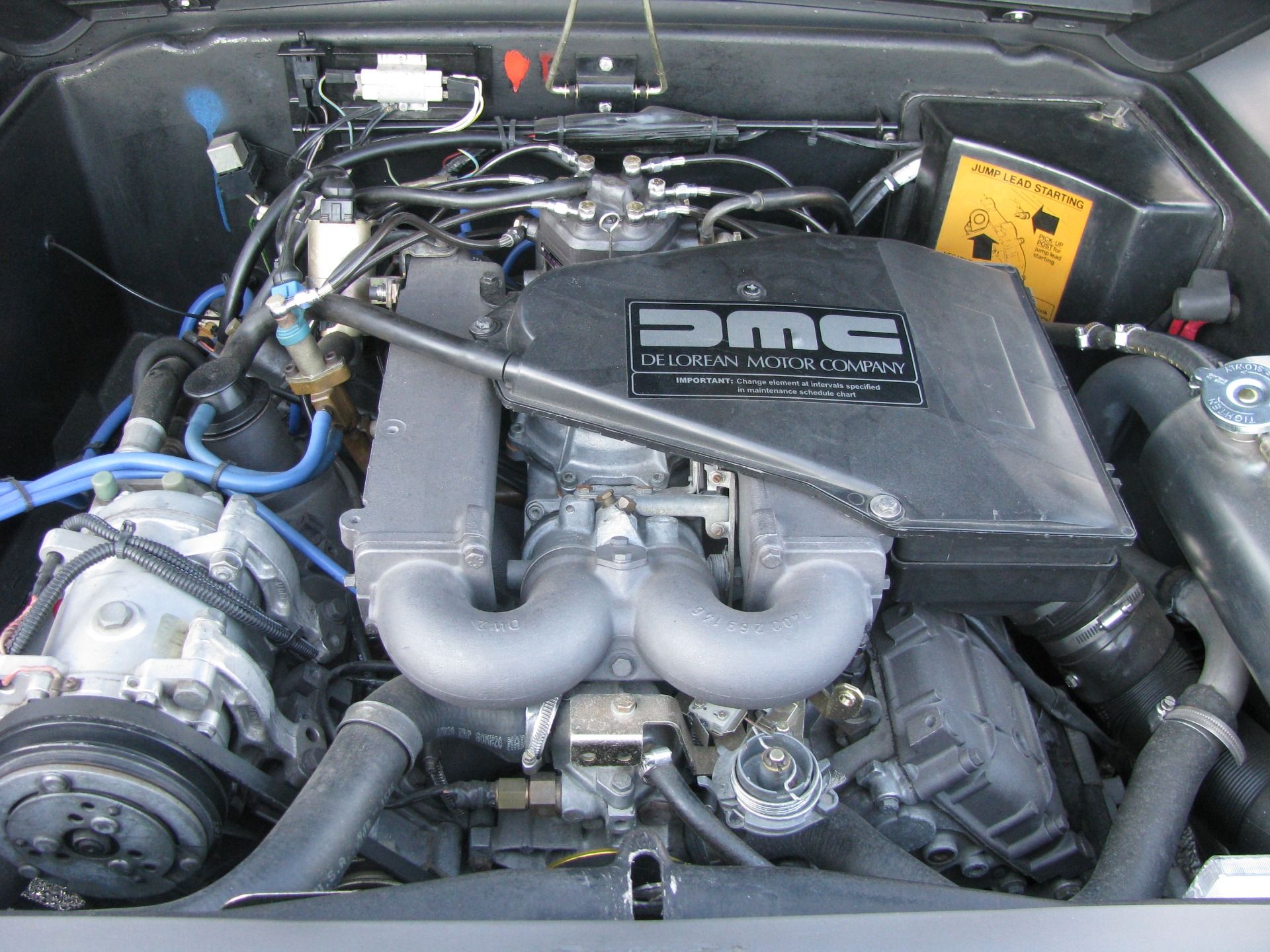
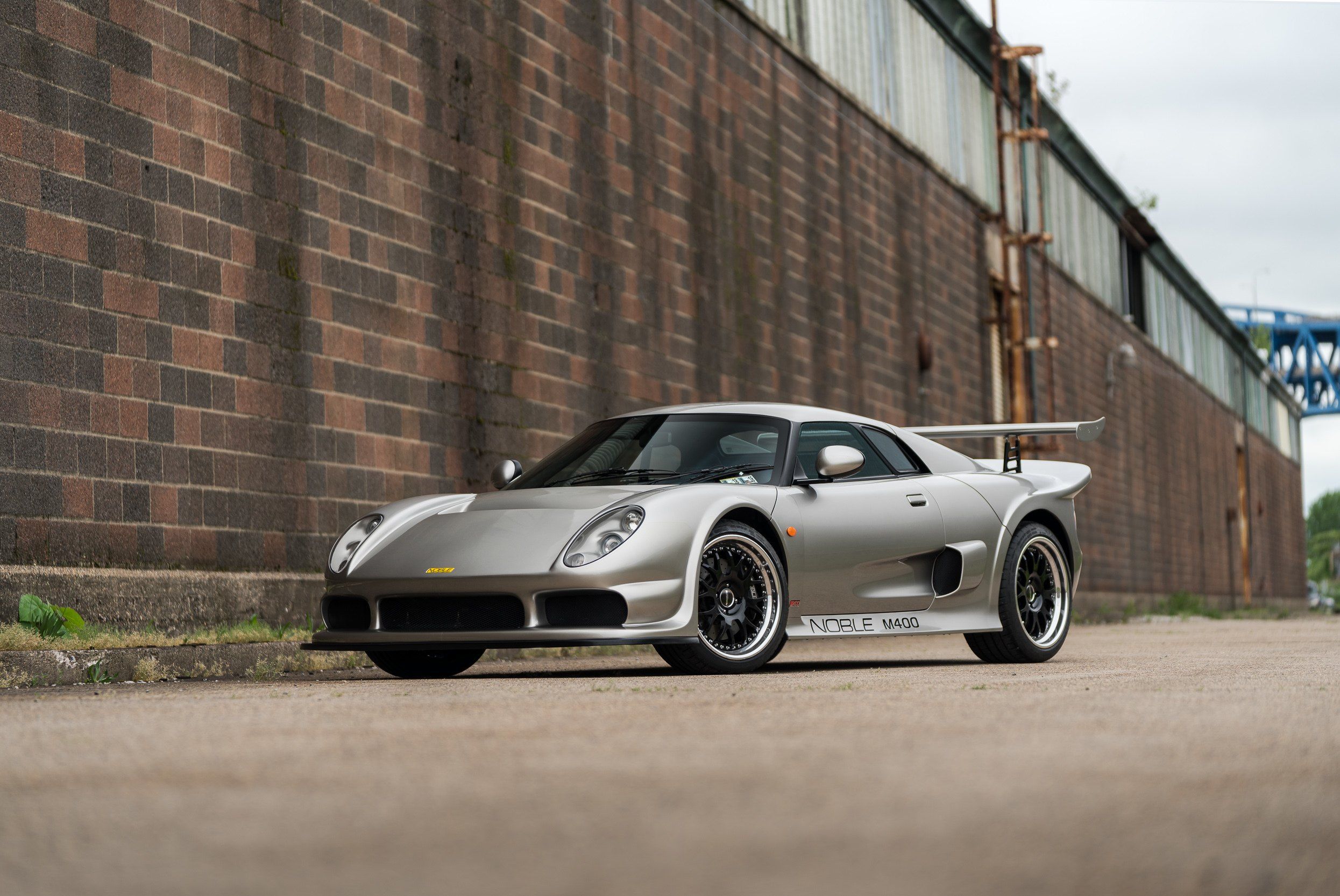
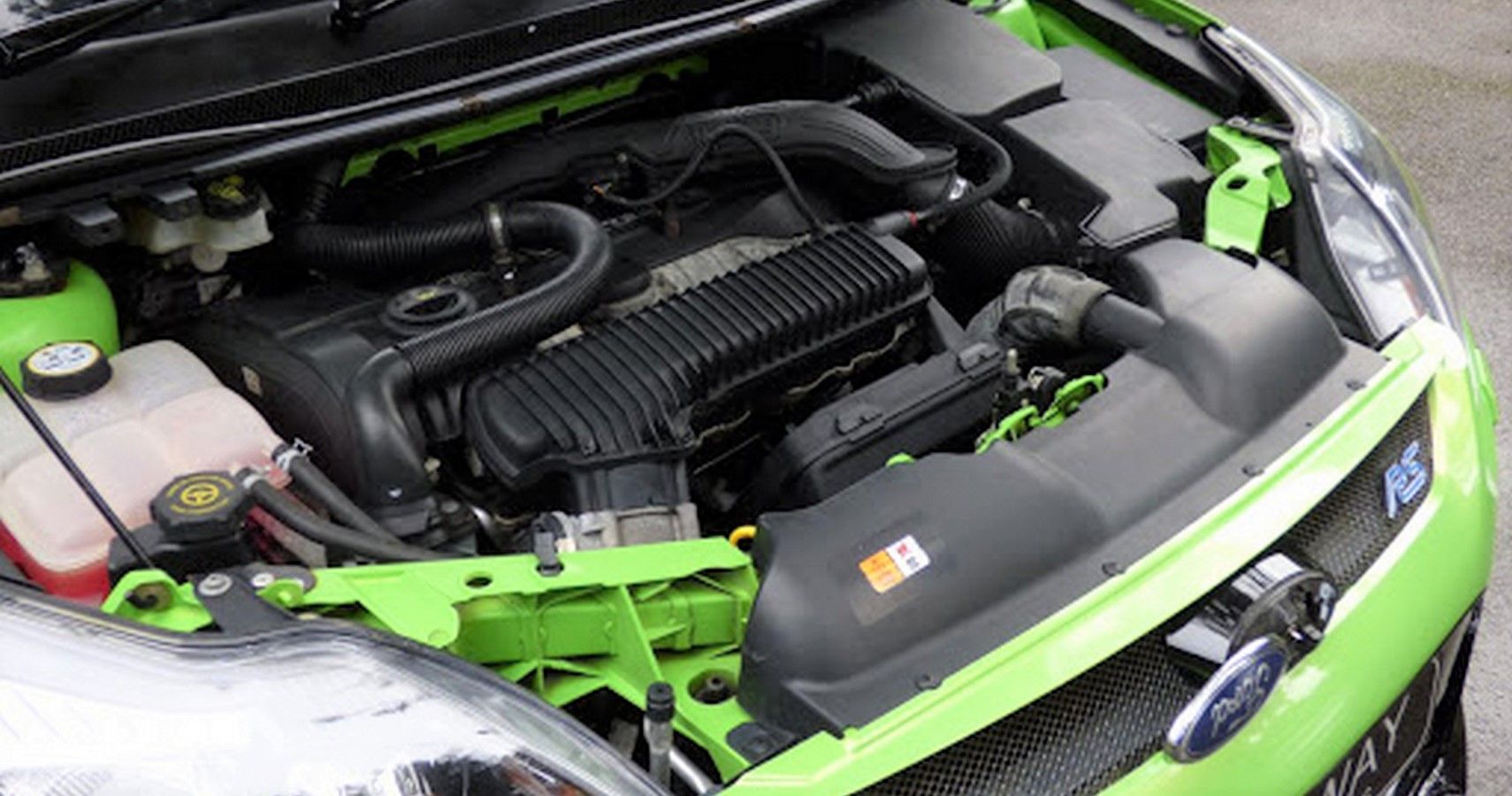
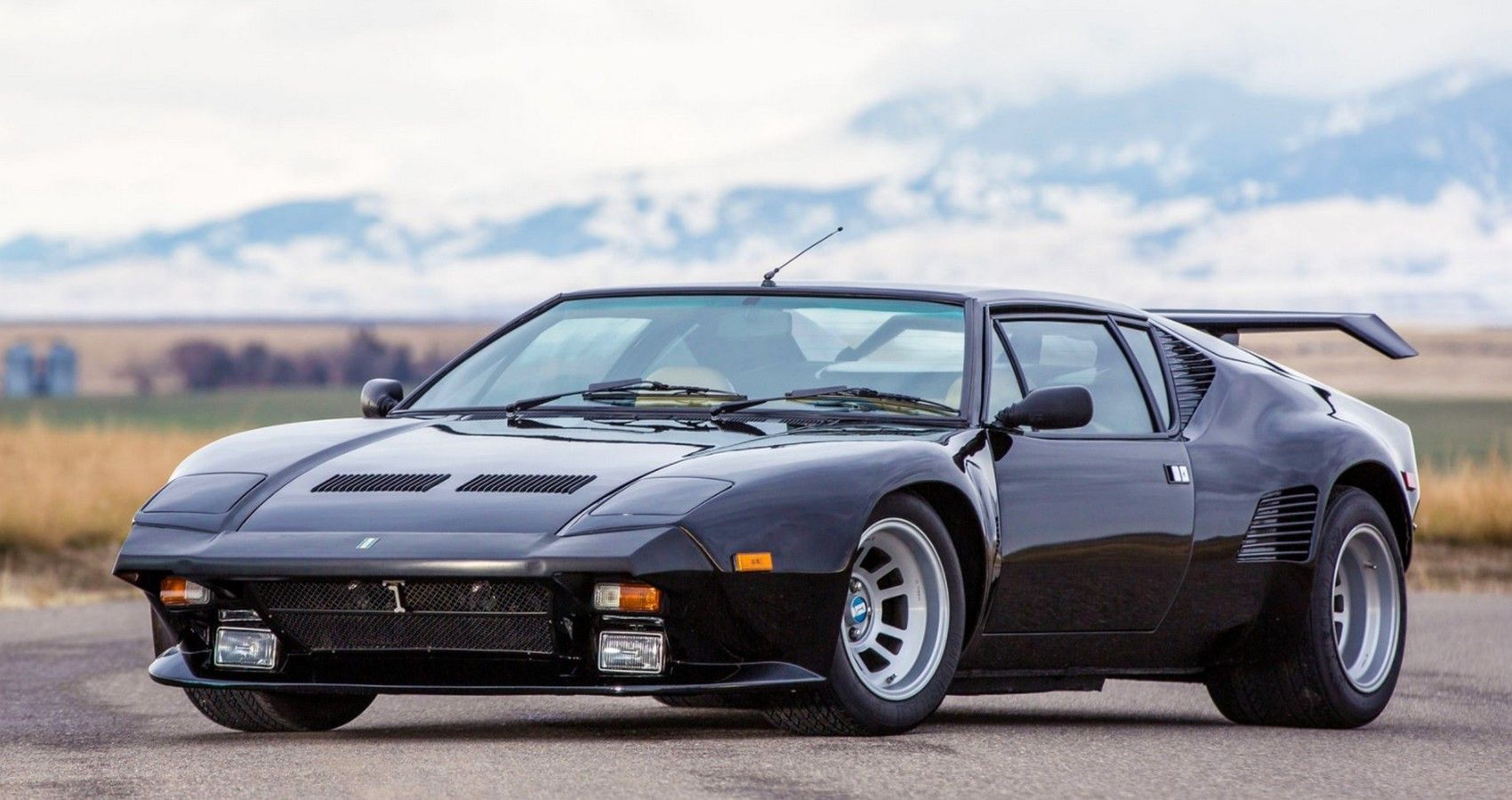
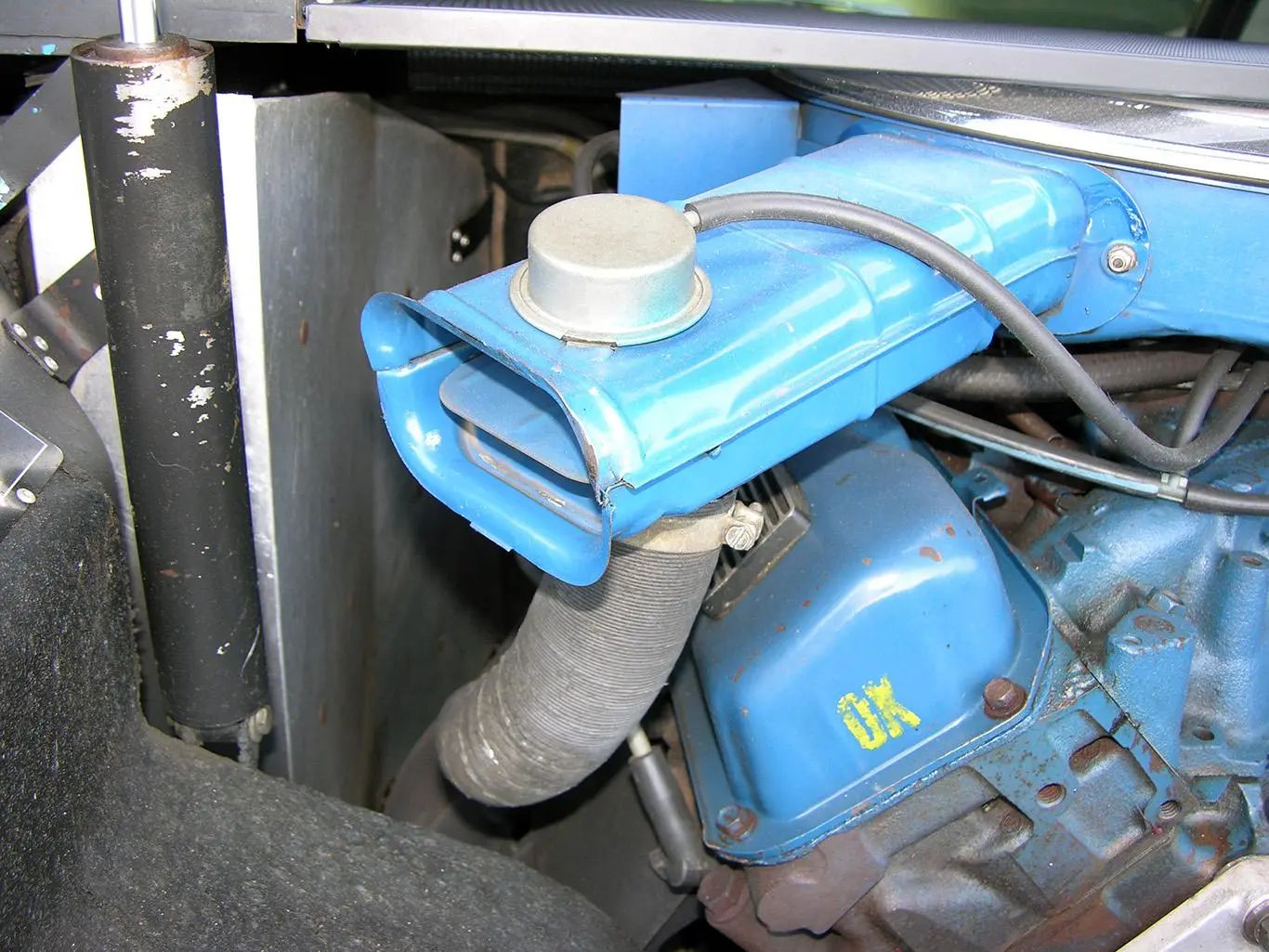
-17.jpg)
